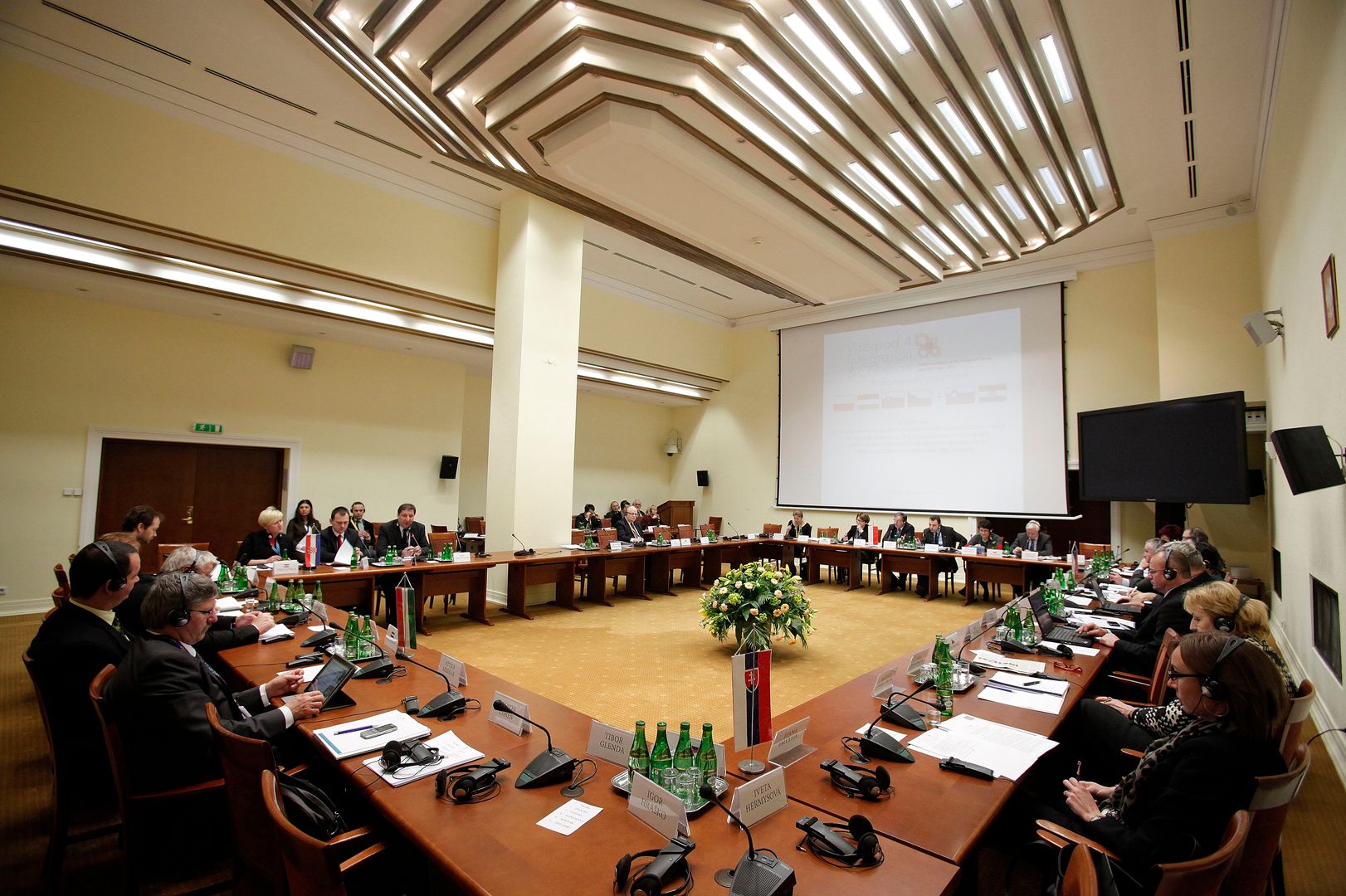Sejm of the Republic of Poland complex
6.78

Overview
The parliamentary complex in Poland, built after 1918, is an important historical and architectural site in Warsaw. Initially, the Sejm convened in various cities, but since 1918, its permanent seat has been the building on Wiejska Street, originally constructed for the Alexandrine-Mary Institute. The building underwent numerous renovations, with the main Assembly Hall set up in what was once the dining room. The Legislative Sejm of the Second Polish Republic held its sessions there, passing key legislation such as the Small Constitution and the March Constitution. Between 1925 and 1935, the Old Deputies' House and a new Assembly Hall were built. After the destruction of World War II, the buildings were reconstructed, and between 1948 and 1952, a new expansion was carried out according to Bohdan Pniewski's design, which integrated the complex into the existing park. In the 1990s, following the reinstatement of the Senate, the buildings were adapted to new needs with the involvement of renowned architects such as Kazimierz Skórewicz and Andrzej Kaliszewski. Today, the complex not only serves parliamentary functions but is also open for visits by citizens, organized groups, and tourists. The green spaces are an additional attraction, home to diverse plant life and nesting kestrels. The buildings are accessible to people with disabilities, and each tour concludes at a special site dedicated to honoring deceased parliamentarians. The complex also features interesting elements such as a chapel and modern offices. Since 2019, the Sejm's collections have been available for virtual exploration on the Google Arts & Culture platform.
Location
Tickets
Powered by GetYourGuide
2025 Wizytor | All Rights Reserved